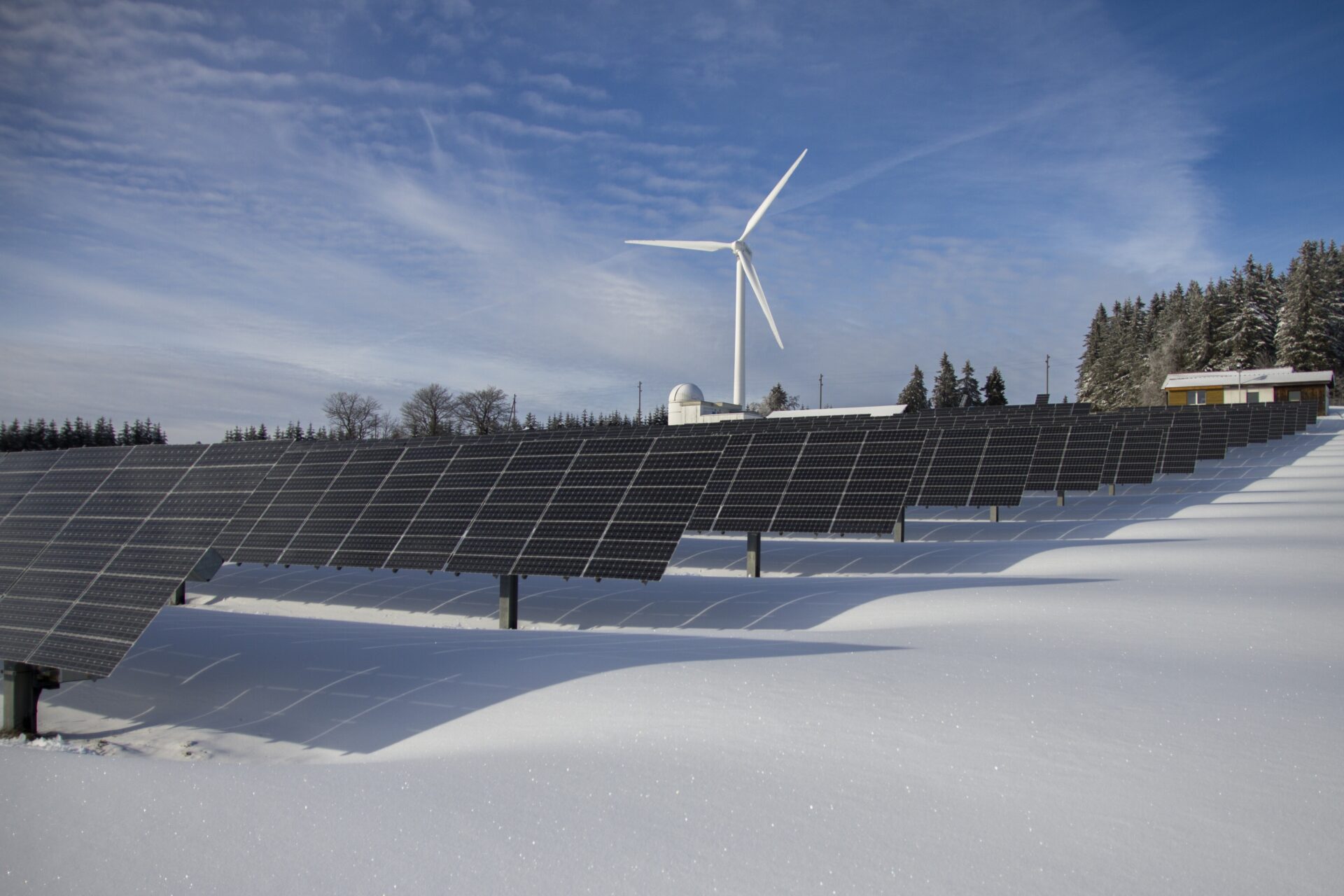As of 2022, fossil fuels account for 60.8% of all energy sources in the U.S. Still, as climate change continues to reshape the global environment, more utilities are converting to renewable energy sources. With renewable energy, utilities can work to meet decarbonization goals, while enhancing grid strength through available energy assets like distributed energy resources (DER) or electric vehicles (EV). The growth of the DER and EV markets signals a rising public interest in renewable energy, which has the potential to minimize the impacts of climate change while meeting the demand of a radically changing grid. With quick access to reliable and time-tested fossil fuels, why should a utility take a risk on investing in renewable energy now? Let’s take a look at the value of renewable energy, and how it can improve grid resilience, mitigate the tech disruption of an electrified grid, and enhance customer satisfaction.
What is Renewable Energy
At this point, we’re likely all familiar with the concept of renewable energy. Still, the term renewable energy describes many forms of naturally replenishable energy, such as solar, wind, rain, waves, and geothermal. It also includes biomass, which is organic matter that can be converted into electricity or other forms of power. Renewable energies are intended to be clean and sustainable alternatives to fossil fuels, making them critical in the fight against climate change.
In recent years, there has been a shift in the way that utility companies generate and provide power to their customers. A growing number of these companies are increasingly investing in renewable energy sources. There are many reasons for this shift, but the two most important factors are the decreasing cost of renewable energy and the increasing public demand for it. Let’s take a deeper look into the benefits of renewable energy for electric utilities.
The Decreasing Cost of Renewable Energy
One of the main reasons that utility companies are investing in renewable energy is because the cost of these technologies has decreased significantly in recent years. According to the International Renewable Energy Agency (IRENA), the cost of solar photovoltaic (PV) cells has fallen by around 90% since the end of 2009, while the cost of onshore wind turbines has fallen by 50%-60% since 2010. This trend is expected to continue in the coming years, making renewable energy an increasingly attractive option for prosumers and utility companies.
Because prosumer-driven electrification and privately generated energy assets have increased in commonality, companies are primed to take advantage of the excess energy from homeowners who are choosing to generate renewable energy in their own homes. Using residential properties essentially as an extension of the national grid means that companies can benefit from home installations like solar panels, battery storage, or even the EV battery necessary to keep your vehicle charged through demand flexibility initiatives, virtual power plants, or managed charging programs.
The Increasing Public Demand for Renewable Energy
Utility companies are also responding to the growing public demand for renewable energy. A recent survey found that 69% of Americans believe that it is important for the United States to develop and use renewable energy sources.
This shows that the American public is becoming more aware of the need to transition to cleaner sources of energy, both to meet needs through a diversified energy portfolio and as a mitigation against climate change. While this increased electrification adds demand to the grid, it also presents opportunities to enterprising utilities that are positioned to utilize these otherwise disparate renewable energy sources to strengthen the grid, decarbonize, and enhance the quality of life.
Meeting Government Targets
In addition to customer demand, energy companies are starting to switch to renewable energy sources to meet government-driven decarbonization targets. Fortunately, renewable energy sources are much cleaner and have a smaller environmental impact than fossil fuels, making them an ideal supplement for any utility energy portfolio. They also help to reduce greenhouse gas emissions, which are one of the main causes of climate change. As a result, using renewable energy is becoming increasingly important for both energy companies and the government.
Conclusion: Investing in Renewable Energy Sources
As we mentioned, there are many reasons why utility companies are investing in renewable energy, but the three most important objectives are the decreasing cost of these technologies, the increasing public demand for clean energy, and aligning business activities with government targets to satisfy utility regulations. This shift is having a positive impact on both the environment and the economy, and we will likely see even more utility companies making the switch to renewables in the years to come.







